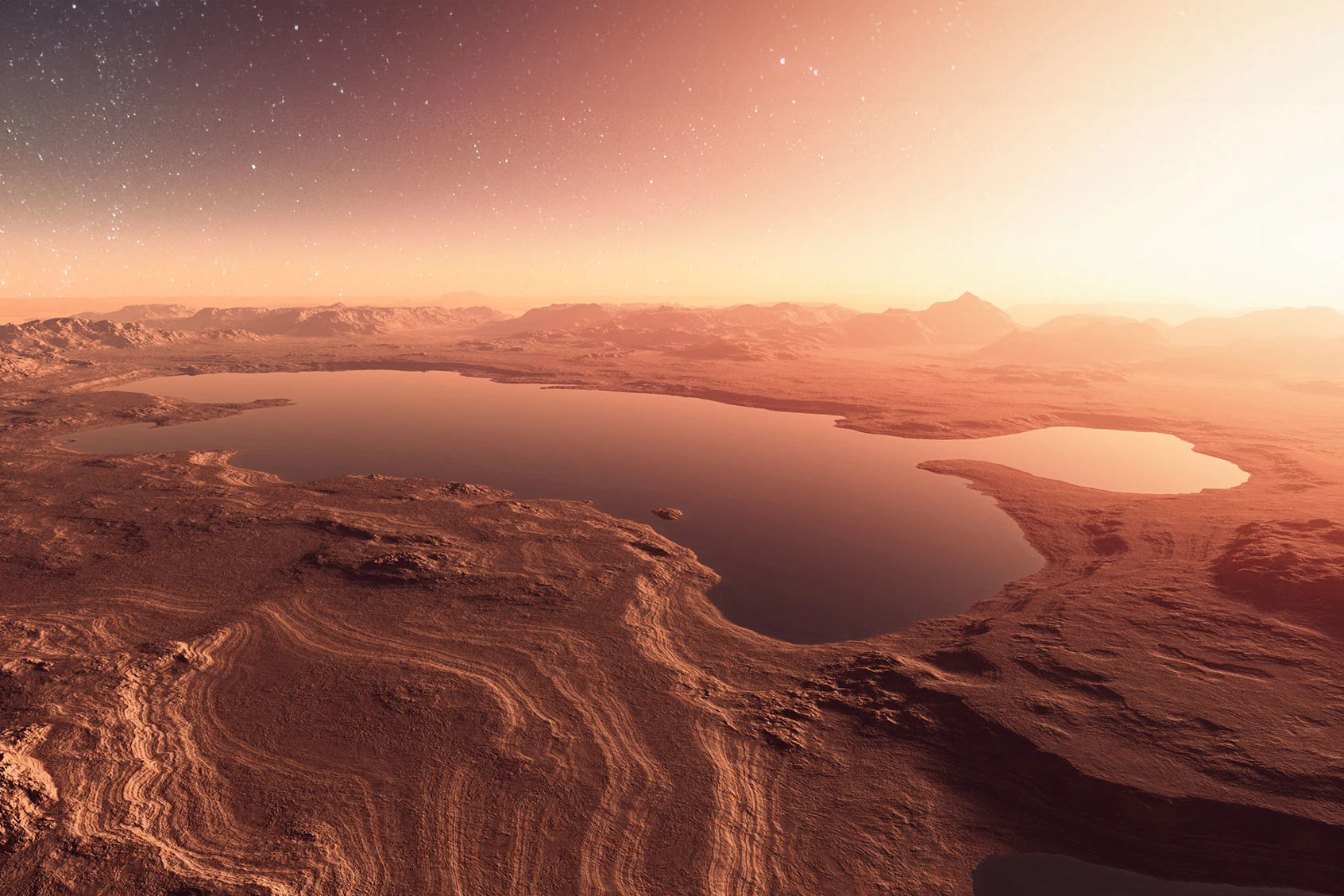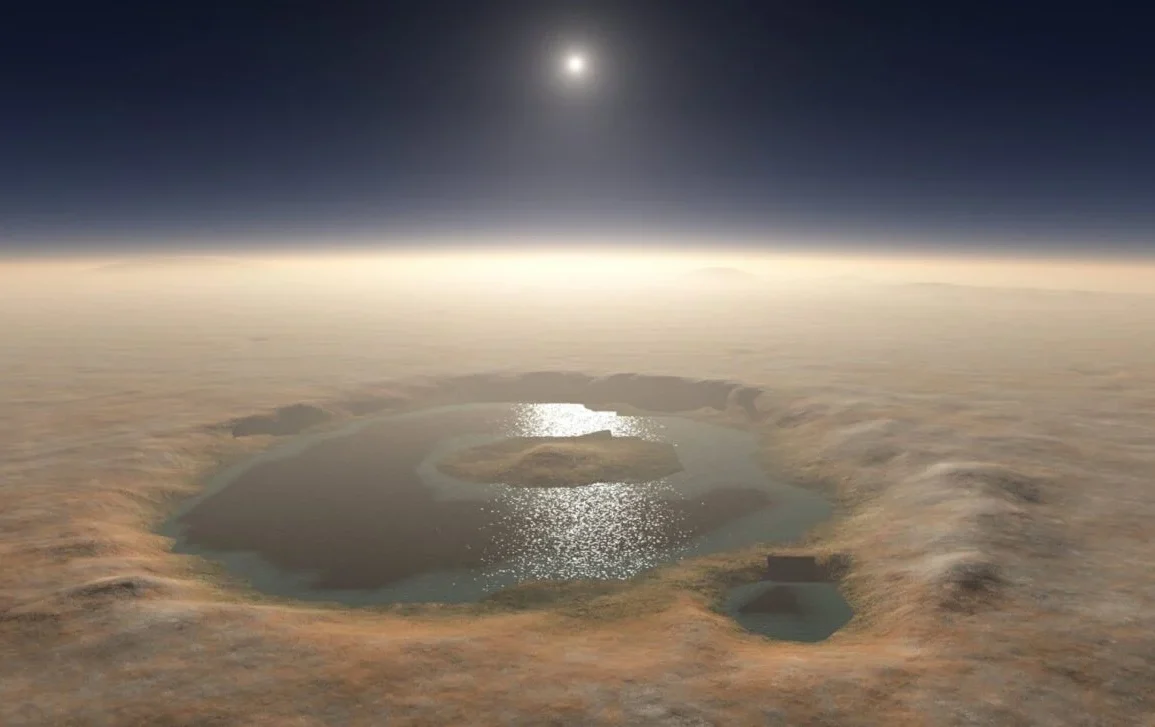Scientists are increasingly excited about the search for extraterrestrial life following the discovery of possible liquid water beneath the surface of Mars. Previously, it was believed that Mars’ ancient lakes, rivers, and oceans had evaporated due to atmospheric loss.
However, new research suggests that significant amounts of liquid water may be trapped between layers of the planet’s crust, raising hopes for both the existence of life and future human exploration.
In a recent paper published in the Proceedings of the National Academy of Sciences (PNAS), researchers from the Universities of California San Diego, and Berkeley reveal that Mars likely had episodic bodies of liquid water over 3 billion years ago.
This is a shift from earlier assumptions, which believed water presence was continuous. The change in understanding comes from evidence gathered by NASA’s Curiosity rover, which suggested intermittent water activity on the planet earlier this year.

Until now, scientists thought Mars only retained water in the form of ice located at various sites, such as high-altitude volcanoes, deep beneath the planet’s equator, and at its poles. However, this new research posits that Mars might also hold liquid water in its mid-crust, suggesting more dynamic water processes beneath the planet’s surface than previously imagined.
This discovery was made possible by data from NASA’s InSight lander, which collected seismic and gravity data over four years. Researchers analyzed this data to reverse-engineer Mars’ composition, using calculations to understand how Mars’ seismic velocities and gravity would behave.
They concluded that Mars’ crust could be fractured and filled with liquid water, explaining the observed data and suggesting the presence of subsurface water.
If these findings are accurate, they could have profound implications for understanding Mars’ water cycle, the fate of surface water, and the potential for life on the planet. The presence of liquid water also offers hope for future human missions, as it could serve as a vital resource. The researchers believe this discovery could reshape future exploration and study of Mars, particularly in the search for past or present life.

